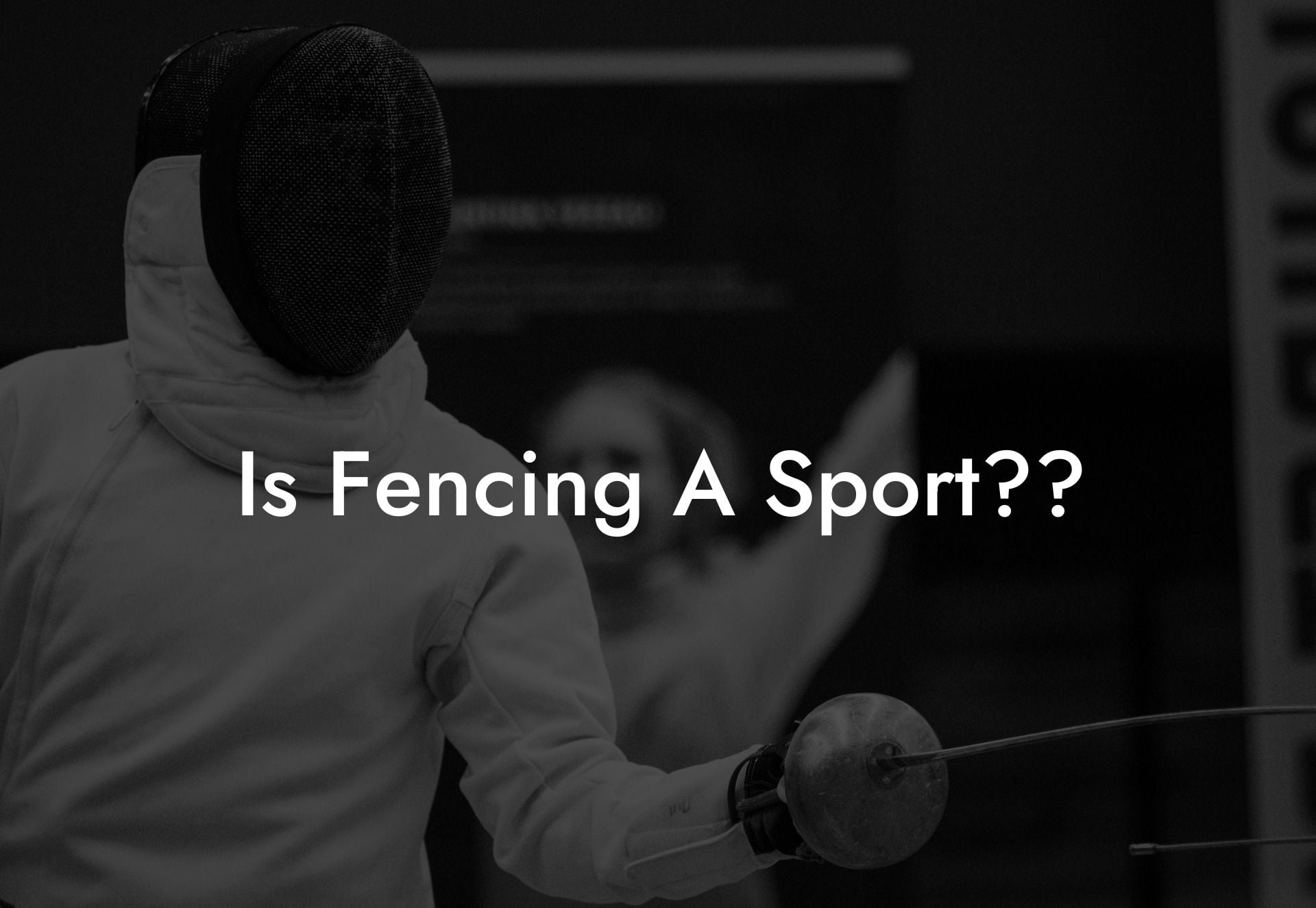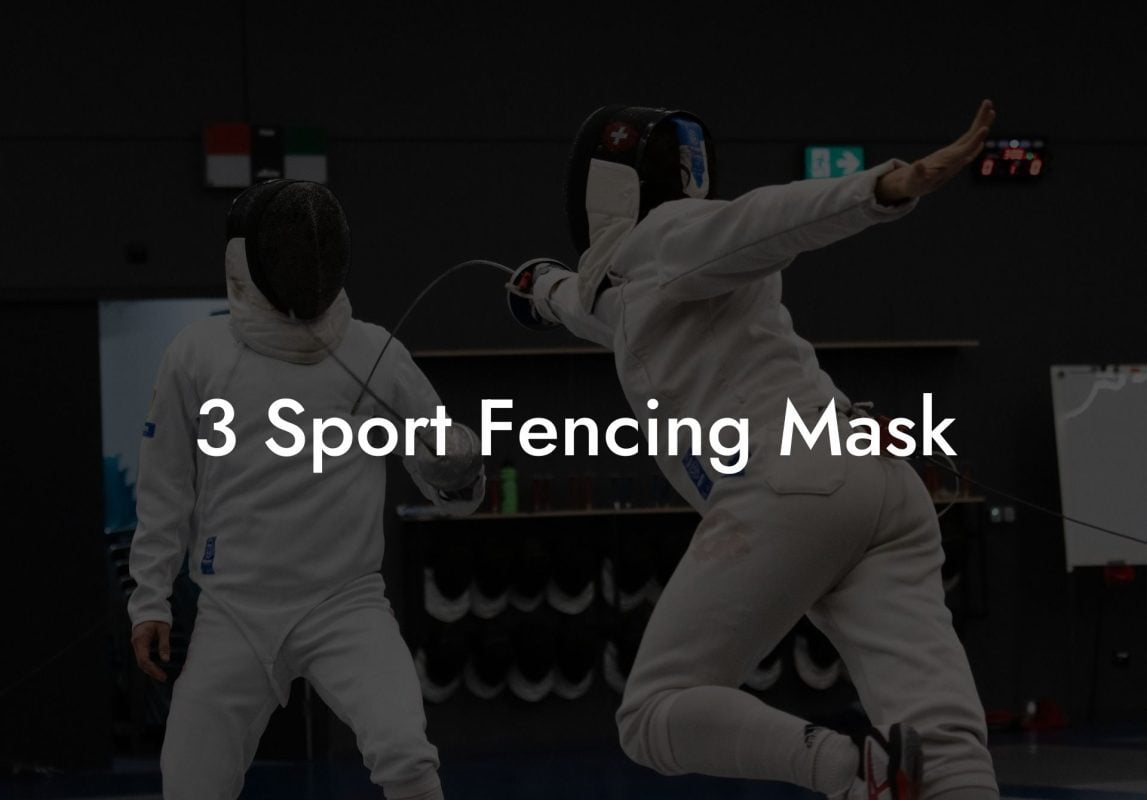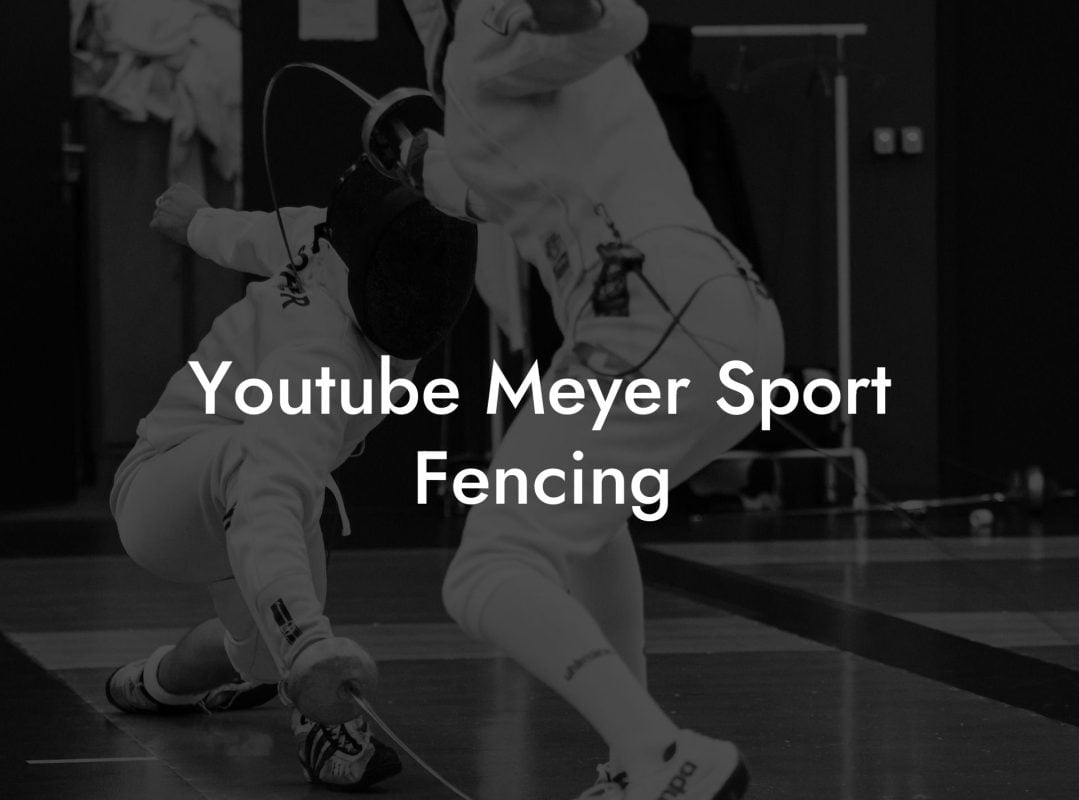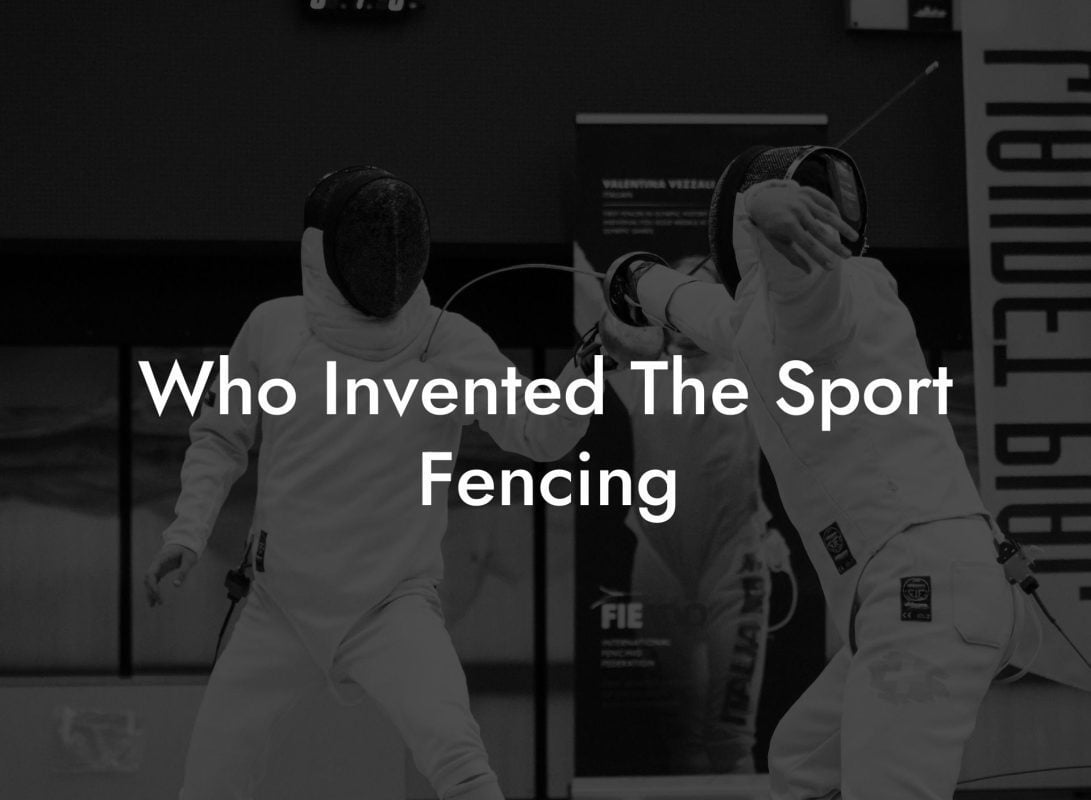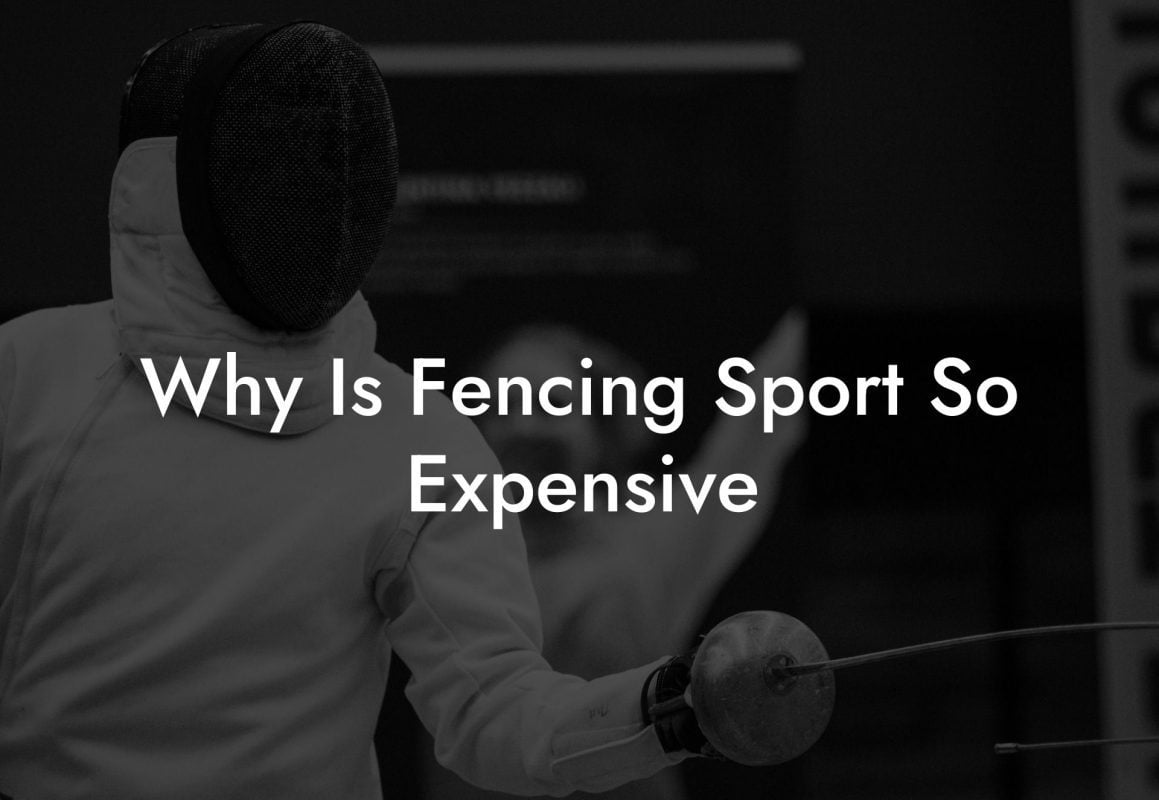Have you ever been intrigued by the elegant and strategic sport of fencing but wondered if it is considered a legitimate sport? Look no further, as we delve into the realm of fencing and break down its various aspects to determine its status as a sport.
A Brief History of Fencing
Fencing finds its roots in the art of swordsmanship and the need for self-defense, dating back to ancient civilizations such as Egypt, Greece, and Rome. As time progressed, fencing developed into a more structured and refined martial art in Europe, eventually giving birth to the modern sport that we know today. The sport has been part of the Olympic Games since 1896, making it one of the longest-standing sports in the event.
Three Different Styles
Fencing encompasses three different styles, each with its unique weapon and ruleset:
- Epee: A thrusting weapon with a stiff, triangular blade and a large handguard. The epee is the heaviest of the three weapons and allows for hits anywhere on the opponent's body.
- Foil: A lighter, more flexible weapon designed for thrusting. The foil has a smaller handguard than the epee and the target area is limited to the opponent's torso.
- Sabre: A cutting and thrusting weapon with a curved, flexible blade. The sabre's target area includes the entire upper body, excluding the hands.
The Physical Aspects
Fencing is a physically demanding sport, requiring participants to possess various skills and athletic abilities. Some of the key physical components of fencing include:
- Agility and coordination for quick movements and precise footwork
- Speed and stamina to maintain high energy levels throughout a bout
- Strength and flexibility for strong attacks and defenses
- Reflexes to react and adapt to an opponent's movement in microseconds
The Mental Game
In addition to the physical prowess required, fencing is also a mental game that demands strategy, discipline, and tactical thinking. The sport is often referred to as "physical chess" due to the importance of anticipating your opponent's moves and planning your own accordingly.
- Excellent decision-making skills are required to adapt and respond to an opponent's tactics in seconds
- Focus and concentration are needed to maintain mental sharpness and react swiftly during a bout
- Emotional control is vital to remain composed under pressure and to bounce back from setbacks
Is Fencing A Sport Example:
Imagine two epee fencers facing off in a high-stakes competition. Both athletes have spent countless hours honing their technique and building their strength and stamina.
As the bout begins, the fencers engage, each carefully studying their opponent's movements and attempting to determine their strategy. With lightning-fast reflexes, one fencer lunges forward in an attempt to score a touch, only to be parried by the other. They continue to move back and forth, attempting to outsmart each other with creative attacks and defenses.
As the bout enters its final moments, the score is tied, and the tension is palpable. In a split second, one fencer sees an opening and swiftly disengages their opponent's blade, scoring the decisive touch and securing victory.
So, is fencing a sport? Undoubtedly, yes. Its rich history, physical demands, and strategic elements set it apart as a unique and engaging athletic endeavor. If this article has piqued your curiosity, we invite you to explore other informative guides on Anchorage Fencing Club and even consider giving this fascinating sport a try. Share this article with friends and family who may also be interested in learning about the exciting world of fencing!

